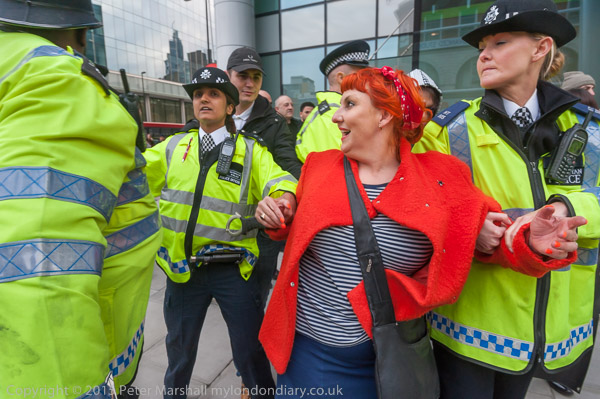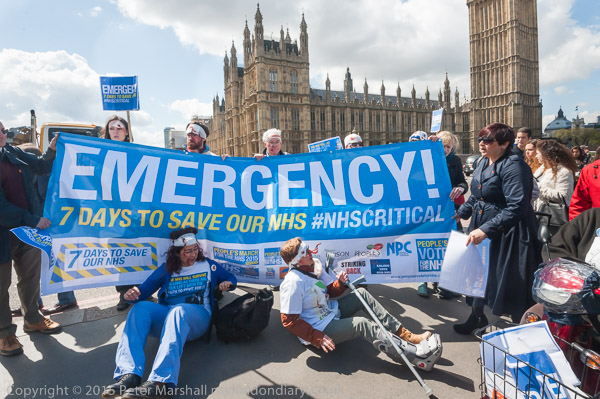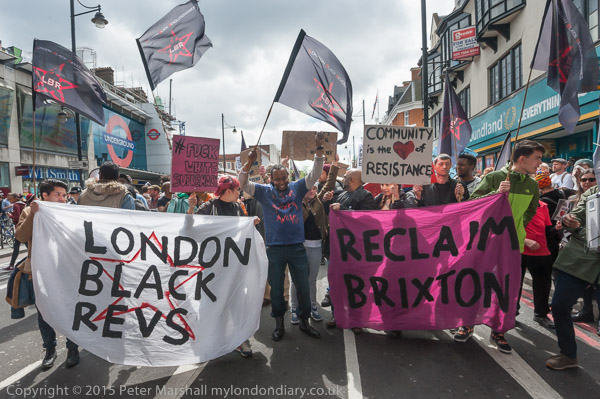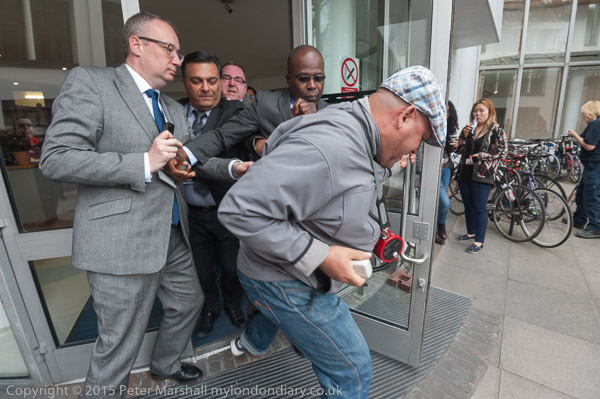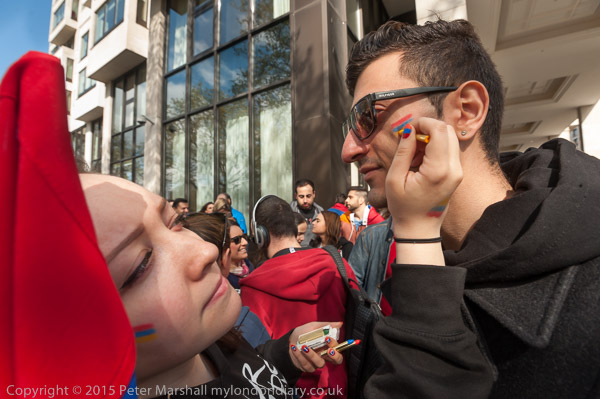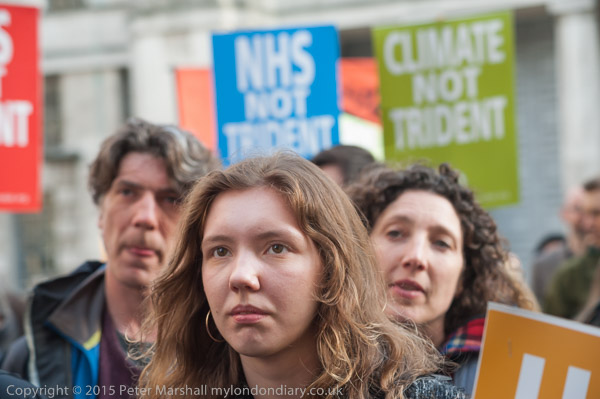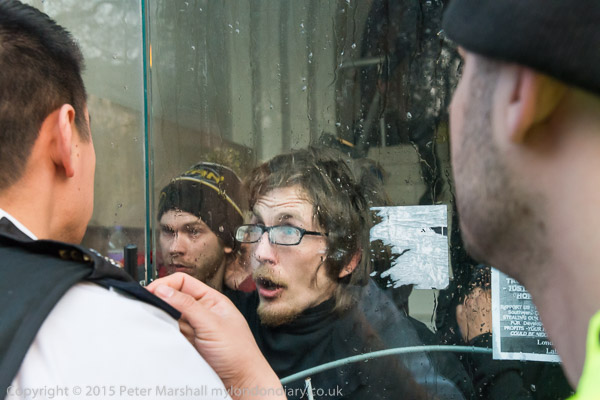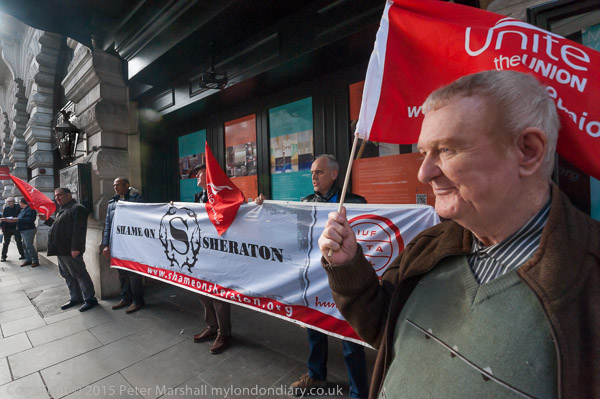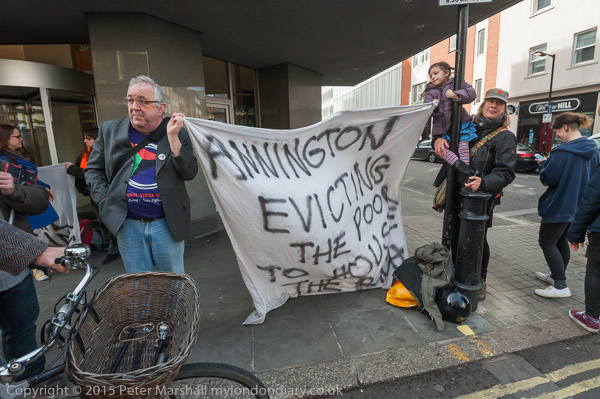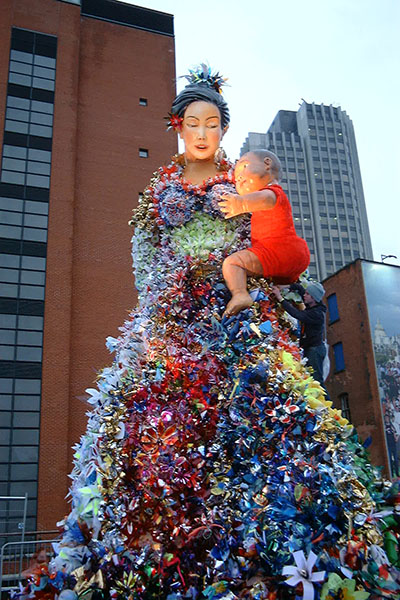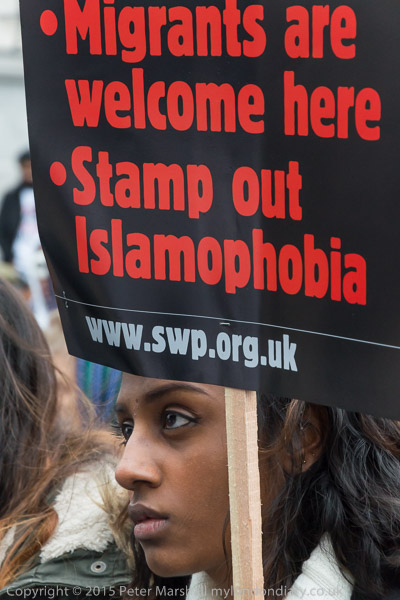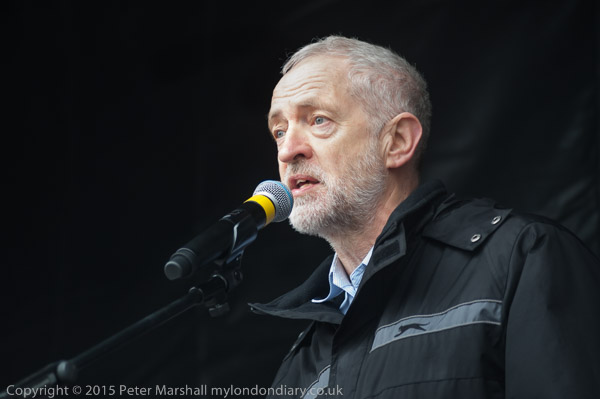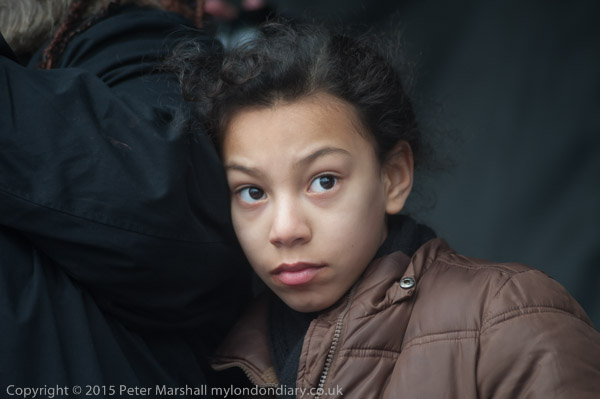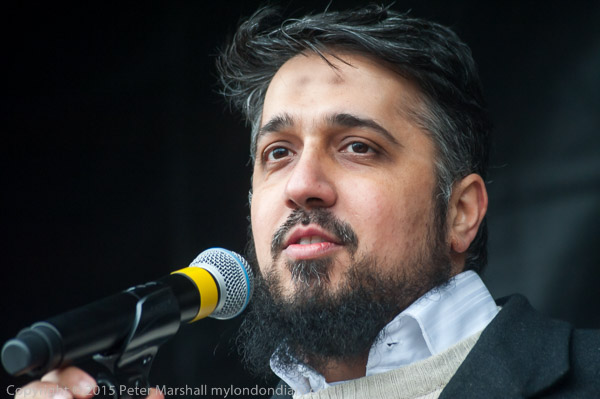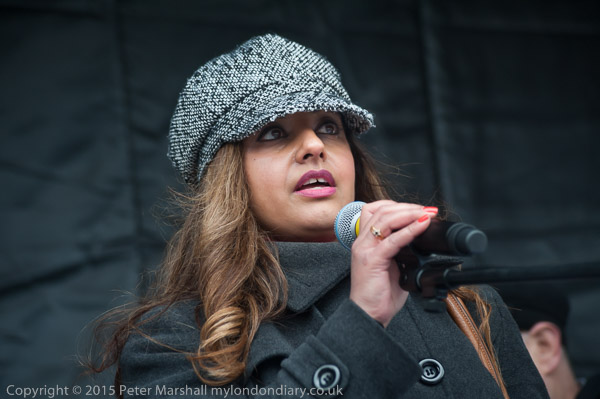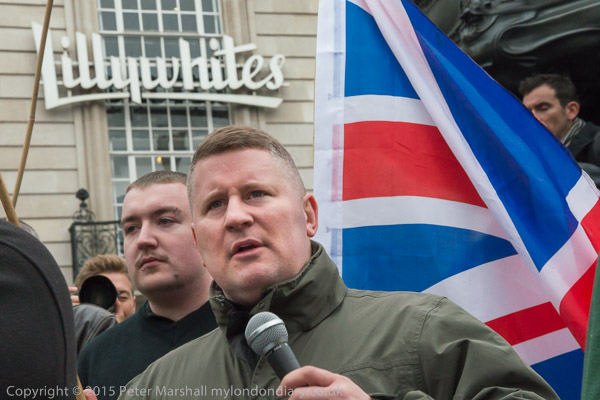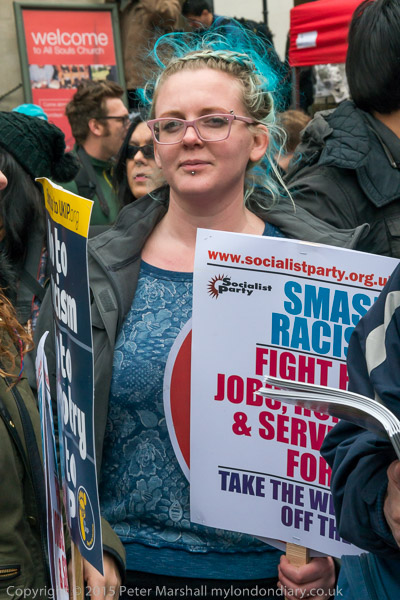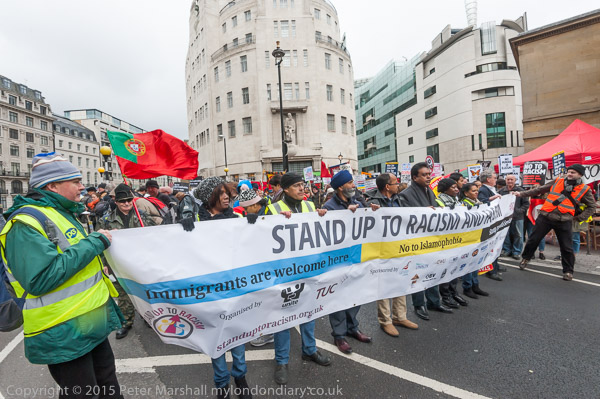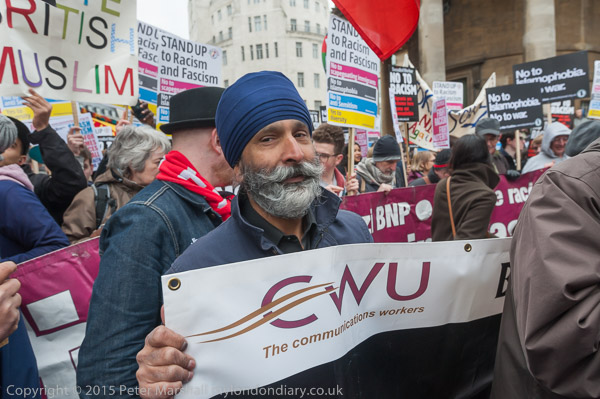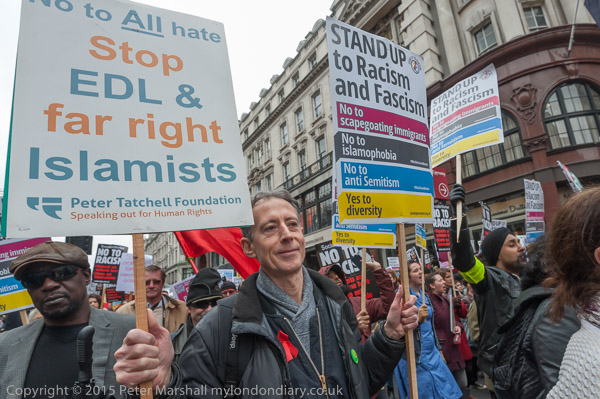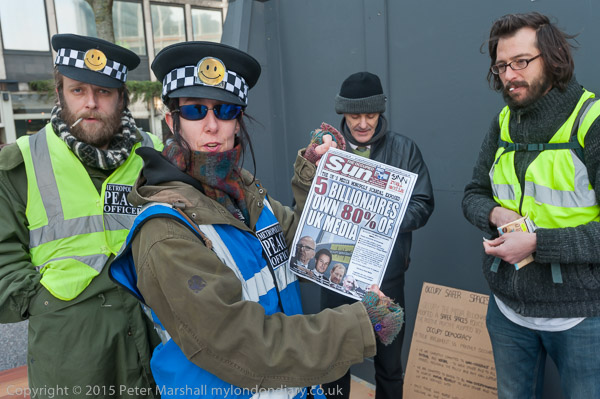
We may not actually be sacrificing children to Rupert Murdoch and the like, but I think there is a good case to be made that we are sacrificing our culture to him and a few others, with “5 billionaires owning 80% of the media” as the protesters at’Occupy Murdoch‘ pointed out.
Of course this is not unique to the UK, although the spectacular increase in inequality we have seen here over the past 35 years (a particularly steep rise from 1979-1991, with a slower growth until a slight hiccough in 2008 from which it has now recovered) have transformed us into one of the most unequal societies among the wealthier countries.
I grew up in a period where our society was much more equal, and a welfare state provided at least a basic support for those on low incomes or out of work, and government saw its role as supporting the people who needed it rather than penalising them.
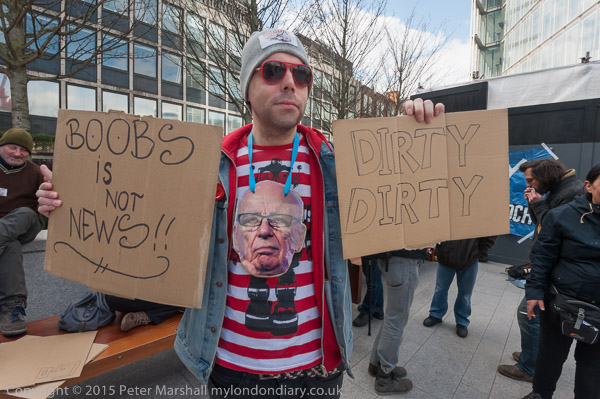
“It’s The Sun Wot Won It” was the triumphant headline after the 1992 election victory of John Major, having ended a long campaign of putting the boot into Labour with the election day headline “If Kinnock wins today will the last person to leave Britain please turn out the lights.” And equally, at the next election, it was again the Sun who claimed the the role of king-maker for Tony Blair, having managed to turn the Labour party into a vehicle for its own political views.
Of course it wasn’t just The Sun. There was also The Times, The Telegraph, The Daily Express, The Daily Mail… all together setting a cultural and political agenda, increasingly helped by the BBC as well as commercial broadcasters largely owned by the same small group of people as the newspapers.
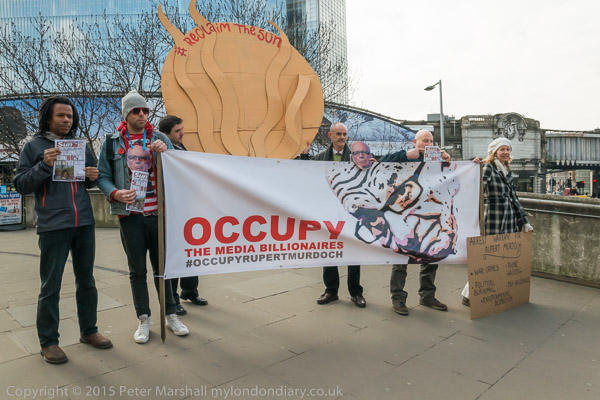
But while I have a great deal of sympathy and agreement with the case that ‘Occupy Rupert Murdoch’ were making, it wasn’t an easy event to photograph, not least because the the fairly low level of support actually on the ground. Starting a protest at 10.30am on a Monday morning is probably not a good idea to attract large numbers of politically active people, most of whom, contrary to the myths put about by the press, actually have jobs to go to. So while many expressed support, most were unable to be there. Though there was a rather fine main banner with a portrait of Murdoch, and a rather less promising Sun. Along with a very well drawn large cartoon and an impressive four page newspaper, ‘The Occupied Sun’.
By the time that the marchers set off on the short walk to present the people’s warrant for the arrest of Rupert Murdoch (listing just a few of his areas of offending – war crimes, phone hacking, political blackmail, tax avoidance and environmental destruction) there was a small but respectable group, although the warrant was a little disappointing for photographers, a replacement having to be drawn up on the spot with a whiteboard pen on a large brown sheet of corrugated cardboard as the more carefully prepared version failed to arrive on time due to travel problems. But it was handed over to one of Murdoch’s employees who – perhaps rather sportingly – came out to receive it at a remarkably civilised ceremony, shaking hands with the organiser, environmental campaigner Donnachadh McCarthy, though keeping his gloves on to do so. There was a cold wind.
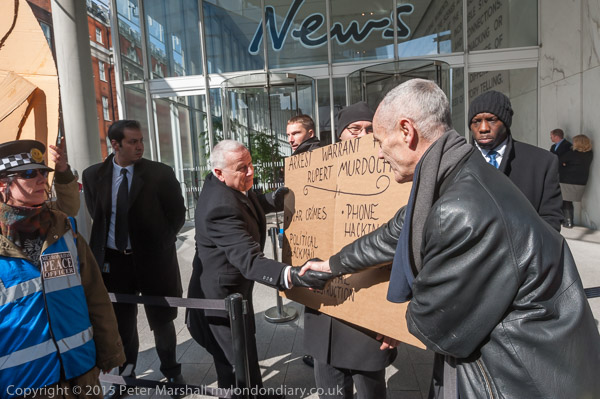
It was an event where it was difficult to anticipate exactly what would happen, and where there were around as many photographers as protesters. As the group carrying the arrest warrant made their way towards the barrier outside the News International building I left the group of photographers crowding around them and tried to envisage where the handover would take place and chose exactly where to stand to get the picture I wanted. It seemed important to get the ‘News’ sign in the image. As the rest of the press gathered around, I had to move in a little closer to keep them out of the frame, and also zoom in slightly from 16mm to 20mm, but essentially was able to take the image I wanted.
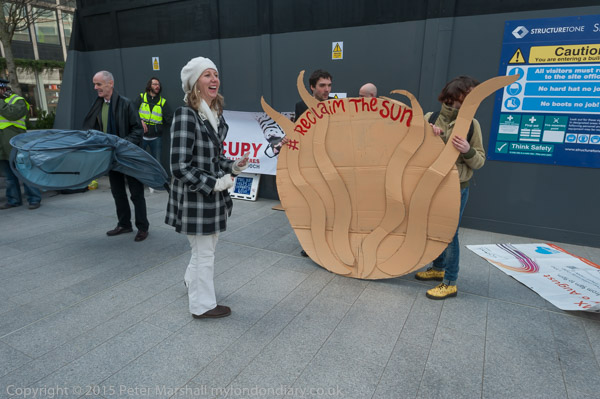
After the delivery of the warrant, the group moved to occupy a part of the plaza in front of News International, though some temporary building works blocked its view of the door. I was rather taken by surprise when Donnachadh picked up a token tent and it sprang out, but caught the moment if not in a very well-composed fashion. I had rather ‘taken my eye off the ball’ photographing and talking with some of the other protesters.
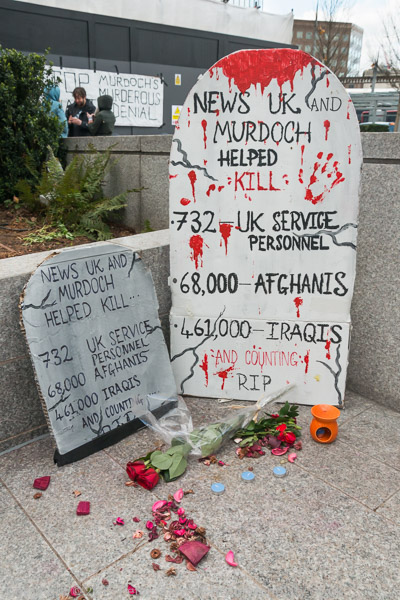
The protest was to last for a whole week, and much of the time when I dropped by there was very little happening, and I didn’t always stop to take pictures. Things got busy every evening, with various events and more people arriving after work but I had other things to do and couldn’t stay, but I promised to come back on Saturday for the mock trial of Murdoch.
More pictures at Arrest Warrant for Rupert Murdoch and Occupy Rupert Murdoch. I’ll perhaps write about the trial later.
